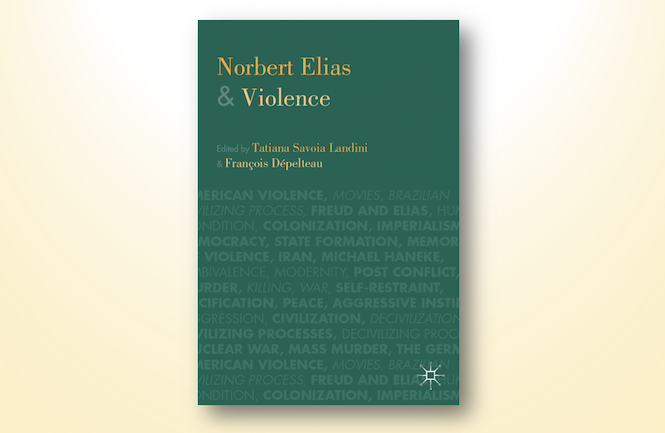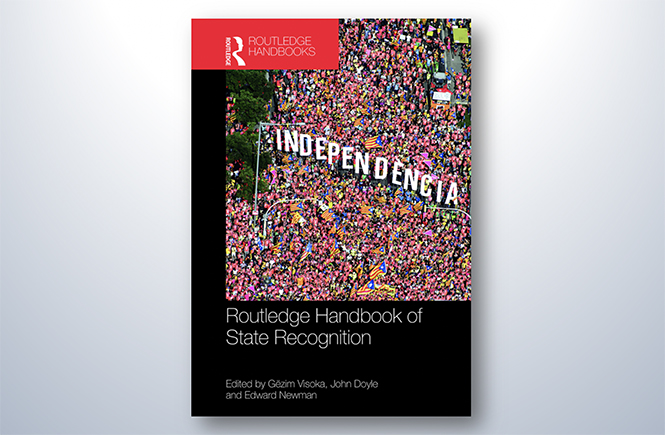5. Gëzim Visoka (2017), ‘Norbert Elias and Statebuilding After Violent Conflict’, in Tatiana S. Landini and Francois Depelteau (eds), Norbert Elias and Violence, Basingstoke: Palgrave Macmillan, pp. 161-182.
This chapter explores the complementarity between Norbert Elias’s figurational sociology of violence and post-conflict statebuilding studies. Sociology has played a formative role in peace and conflict studies. However, Elias’s figurational sociology has been entirely ignored in statebuilding debates. The chapter first draws some parallels between Elias’s perspective on violence and civilising processes to the contemporary violent conflicts. It highlights that the current figuration of global peace consists of a multitude of civilising and decivilising processes, where international interventions and statebuilding can be considered as a global attempt to govern internal conflicts as well as an assemblage of blueprints for civilising conflict-affected societies. The second part of this chapter explores how Elias’s ideas on violence, civilising processes, and state formation correspond to contemporary statebuilding interventions, which are rooted on the Eurocentric and Weberian notion of statebuilding. The chapter concludes with a number of observations on the suitability of Elias figurational sociology for overcoming paradigmatic divisions within statebuilding studies, generating a post-critical sociology of peace, and rethinking the process of pacification and rejuvenation of social contract in conflict-societies. Accordingly, this chapter represents one of the first attempts to bridge the work of Norbert Elias with existing debates in peace and conflict studies.


